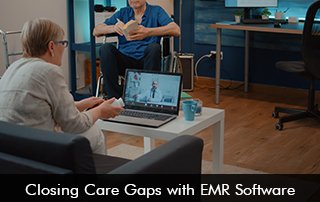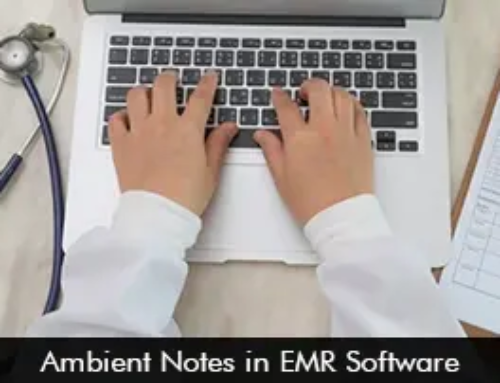Closing care gaps is critical in healthcare for enhancing patient outcomes, overcoming any complications in care, and improving overall healthcare delivery. Healthcare organizations have implemented the robust and sophisticated technology of Electronic Medical Records (EMR) Software Systems to avoid gaps in care. This ensures that the patient receives prompt medical treatment to reduce any adverse effects.
What are the Different Gaps in Care?
Efficient and safe healthcare delivery can be offered in care by using the tools and functionalities in EMR Systems. Healthcare providers can close the following care gaps with EHR technology:
- Preventive Care Gaps – These gaps occur when patients miss their regular screenings and vaccinations.
- Chronic Care Gaps – Chronic care gaps are a result of inadequate management and monitoring of chronic conditions.
- Diagnostic Gaps – Delays in detecting medical diseases can result in missed opportunities for early intervention and treatment. This can potentially leave patients with gaps in care.
- Medication Management Gaps – Medication non-adherence and lack of medication reconciliation can cause medication management gaps.
- Communication and Coordination Gaps – Communication gaps are a big issue. Mainly because of a lack of interoperability between systems and providers.
Closing care gaps entails implementing measures, with the assistance of technology such as Electronic Medical Records (EMR) Software. The software empowers providers to detect, track, and rectify inadequacies in healthcare delivery.
Using EHR Software Tools to Close Gaps in Care
Data Analysis Tools
Clinicians can use data from the EMR system to identify gaps in care. This includes missed preventive tests, late vaccines, and inadequate health assessments. Furthermore, analytics features in the EHR Software can provide reports. Detailed reporting can help identify patient groups with specific treatment gaps.
Alerts Feature
The automatic alerts and reminder functionality of Electronic Health Records (EHR) Software can be implemented to reduce preventive care gaps. Providers can be alerted about upcoming follow-up appointments. The reminders can also be customized to meet patient needs so they are more relevant.
Patient Engagement Solutions
Communication tools and patient portals can be used within the EMR Software to involve patients in their care.
This will encourage patients to take an active role in their care. Via the patient portal software, patients can access their health information, appointment reminders, and educational materials.
Closing Care Gaps with EHR Software Interoperability
Electronic Health Records (EHR) Software interoperability is key to closing care gaps. As it facilitates smooth data sharing and communication between various healthcare providers and systems. Through interoperability, EMR systems can exchange pertinent patient data between different healthcare settings, including medical histories, test results, and treatment plans.
Interoperability options in EHR Software enable care teams to detect and solve care gaps more effectively by providing real-time, accurate patient information. For example, a primary care provider can receive alerts and updates from specialists, ensuring that preventive measures and treatment plans are consistently and cohesively implemented. This can ultimately improve patient outcomes and overall care quality.








